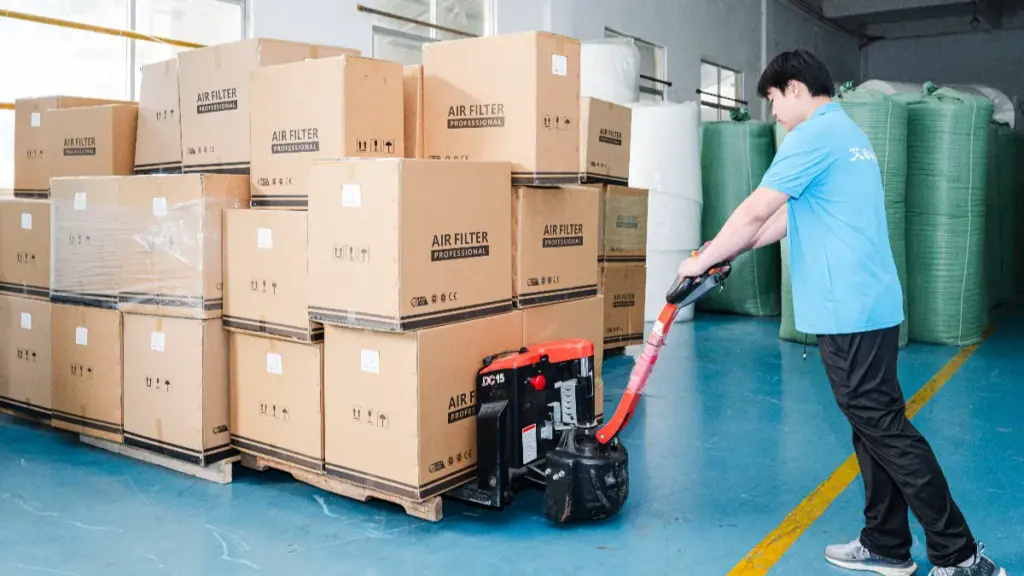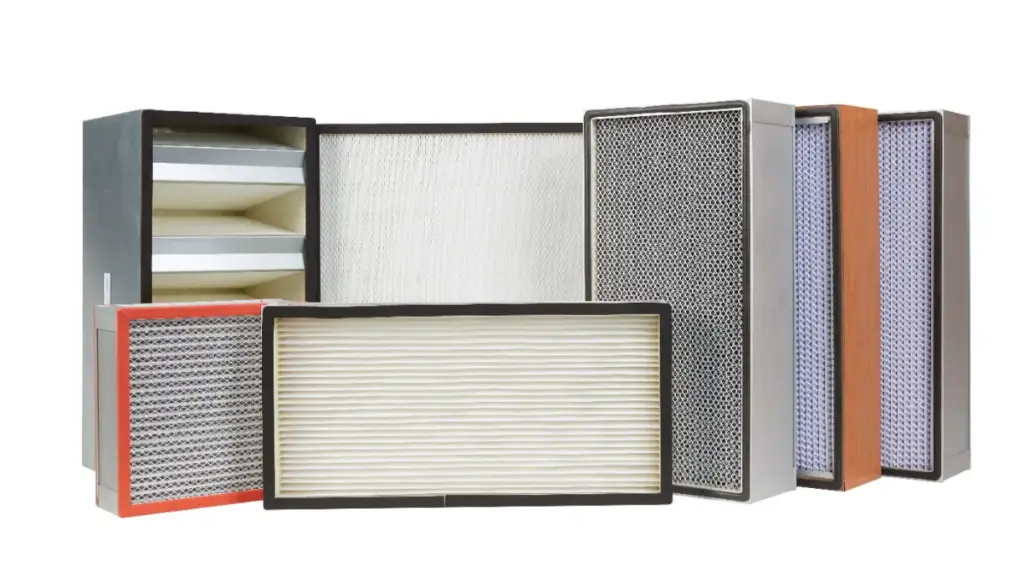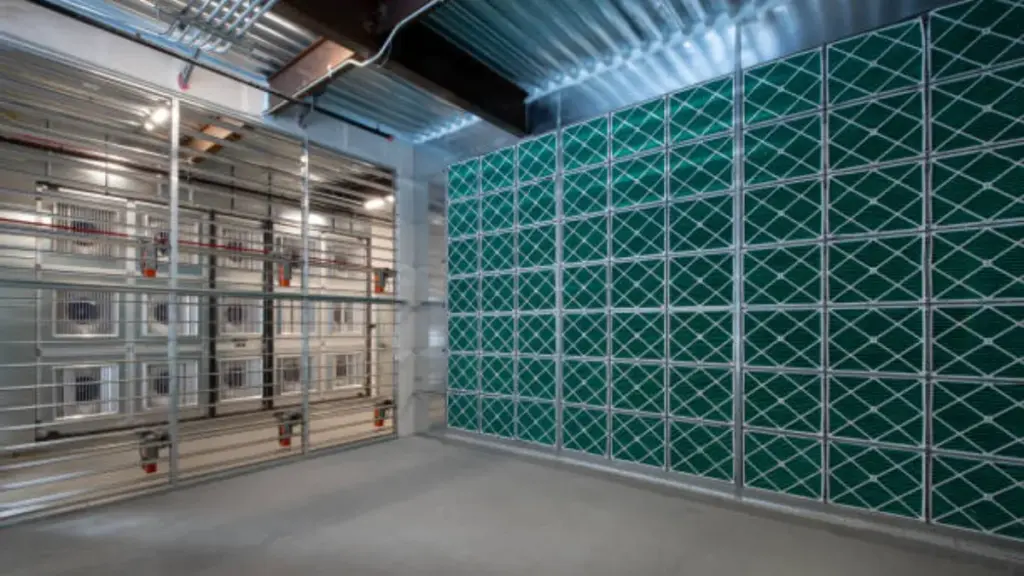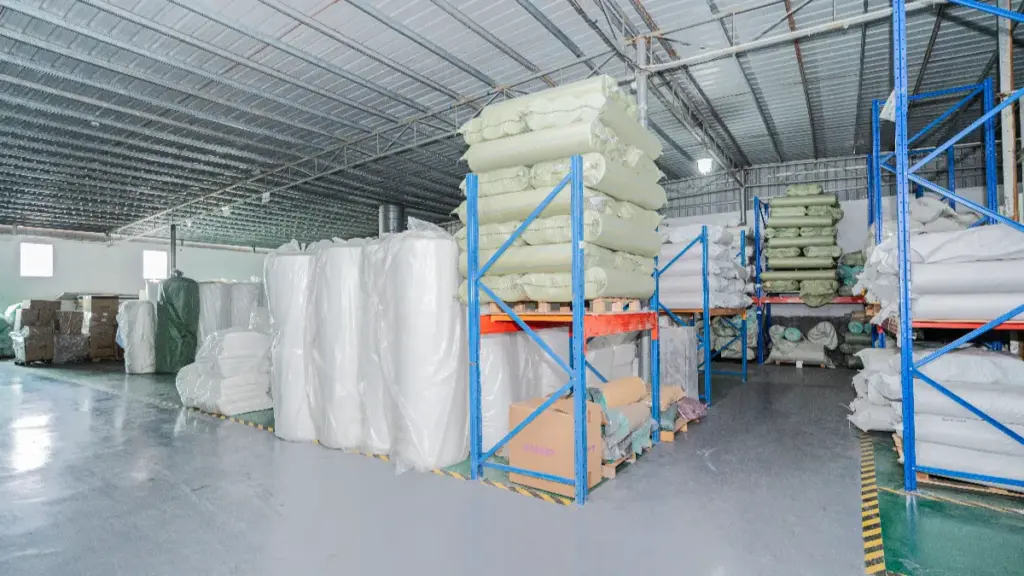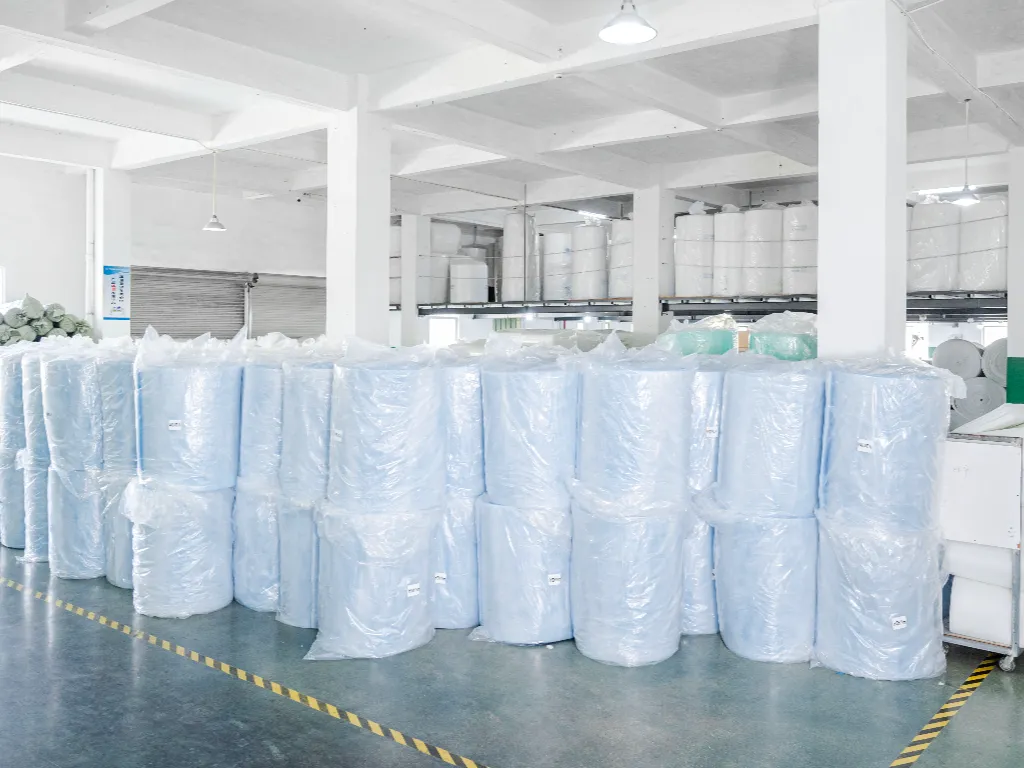En ce qui concerne la qualité de l'air intérieur, Le choix du bon filtre à air peut faire une différence significative dans vos performances de santé et de système CVC. Les filtres HEPA et les filtres Merv.
Mais en quoi exactement diffèrent-ils? Et plus important encore - lequel si vous choisissez pour votre maison ou votre entreprise? Ce guide complet vous guidera à travers les différences, cases, et compatibilité technique entre les filtres HEPA et MERV. Que vous soyez nouveau dans la filtration à l'air ou la mise à niveau vers une solution plus avancée, Cet article vous aidera à prendre une décision confiante.
Qu'est-ce qu'un filtre Merv?
Merv signifie Minimum Efficacité Reporting Value, Une note standardisée développée par Ashrae pour indiquer à quel point un filtre à air capture efficacement les particules en suspension dans les tailles variables. La note Merv sur les filtres à air varie de 1 à 16, avec des nombres plus élevés représentant une capacité de filtration plus fine.
Les filtres Merv fonctionnent en piégeant les particules lorsque l'air passe par les milieux filtrants. Filtres notés Merv 1–4 offrir une protection minimale et se trouvent généralement dans les systèmes résidentiels de base. Merv 5–8 Les filtres améliorent l'air intérieur en capturant des particules plus grandes comme la poussière et le pollen. Merv 9-12 Les filtres sont plus efficaces et couramment utilisés dans les maisons avec des animaux de compagnie ou des problèmes d'allergie. Merv 13–16 Les filtres fournissent une filtration avancée, capable d'éliminer les plus petits contaminants aéroportés tels que les bactéries, fumée, Et certains virus.
Qu'est-ce qu'un filtre HEPA?
HEPA signifie l'air particulaire à haute efficacité, Et ces filtres sont conçus pour répondre à une norme stricte: capturer au moins 99.97% de particules aussi petites que 0.3 microns. Contrairement aux filtres Merv, Les filtres HEPA ne se voient pas attribuer de note Merv, alors qu'ils dépassent les Ashrae 52.2 Protocole de test généralement utilisé pour évaluer les filtres à air standard.
Pendant que les filtres Merv sont testés à l'aide du test de tache de poussière, qui utilise un mélange de poussière fine, carbone, et les fibres de coton (ciblage des particules 0,3 à 50 microns), Les filtres HEPA subissent une évaluation plus précise. Ils sont testés avec DOP (phtalate de dioctyle) ou aérosols d'huile minérale, qui génèrent exactement des particules mono-dispersées 0.3 Microns de taille - la taille des particules la plus pénétrante (Députés). Pour passer, Les filtres HEPA ne doivent pas laisser plus que 3 particules hors de 10,000 à travers les médias.
Par rapport à même Merv 13 filtres à air, Les filtres HEPA sont considérablement plus efficaces pour capturer des contaminants microscopiques tels que les virus, fumée, et la poussière fine. Cela les rend idéaux pour des environnements critiques comme les salles blanches, hôpitaux, et ménages sujets aux allergies, bien qu'ils ne soient généralement pas compatibles avec les systèmes HVAC résidentiels standard sans modifications.
Quelle note Merv équivaut à HEPA?
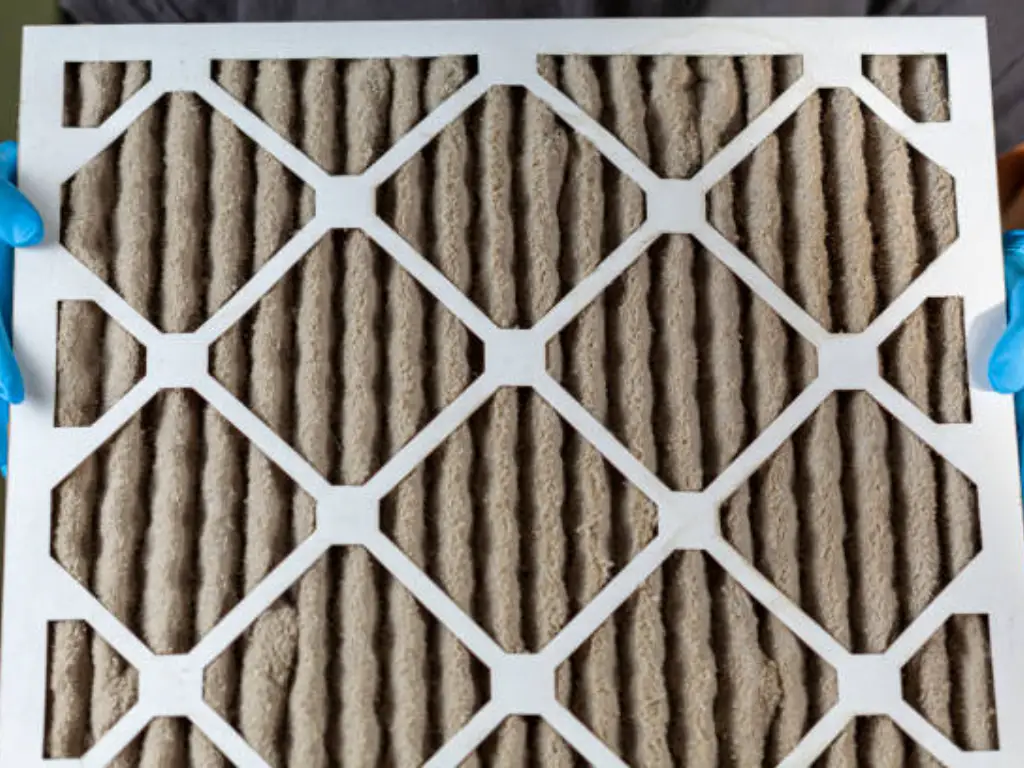
Bien que Merv et HEPA utilisent différentes normes de test, Leur efficacité de filtration peut être à peu près alignée. Voici un graphique de référence rapide comparant les cotes Merv courantes aux niveaux de filtre HEPA:
| Merv | Efficacité @ 0.3 Microns | Équivalent HEPA approximatif | Notes |
| Mât 13 | ~ 50% | Ci-dessous Hepa | Filtre à haute efficacité d'entrée de gamme |
| Mât 14 | ~ 75% | Ci-dessous Hepa | Pas suffisant pour des environnements stériles |
| Mât 15 | ~ 85–90% | Approchant HEPA H10 - H11 | Utilisation de l'hôpital de haut niveau |
| Mât 16 | ~ 95% | Hepa H11 en gros | Limite supérieure des filtres compatibles HVAC |
| Mât 17 | ≥99,97% | HEPA H13 | Niveau HEPA certifié minimum |
| Merv 18-20 | >99.99% | HEPA H14 | Salles blanches, Pharma, laboratoires médicaux |
Note: Les vrais filtres HEPA commencent à Merv 17 et aligner avec H13 (99.97%) et H14 (99.995%) classes basées sur les normes EN1822 ou IEST.
Filtre HEPA contre filtre Merv: Différences clés en un coup d'œil
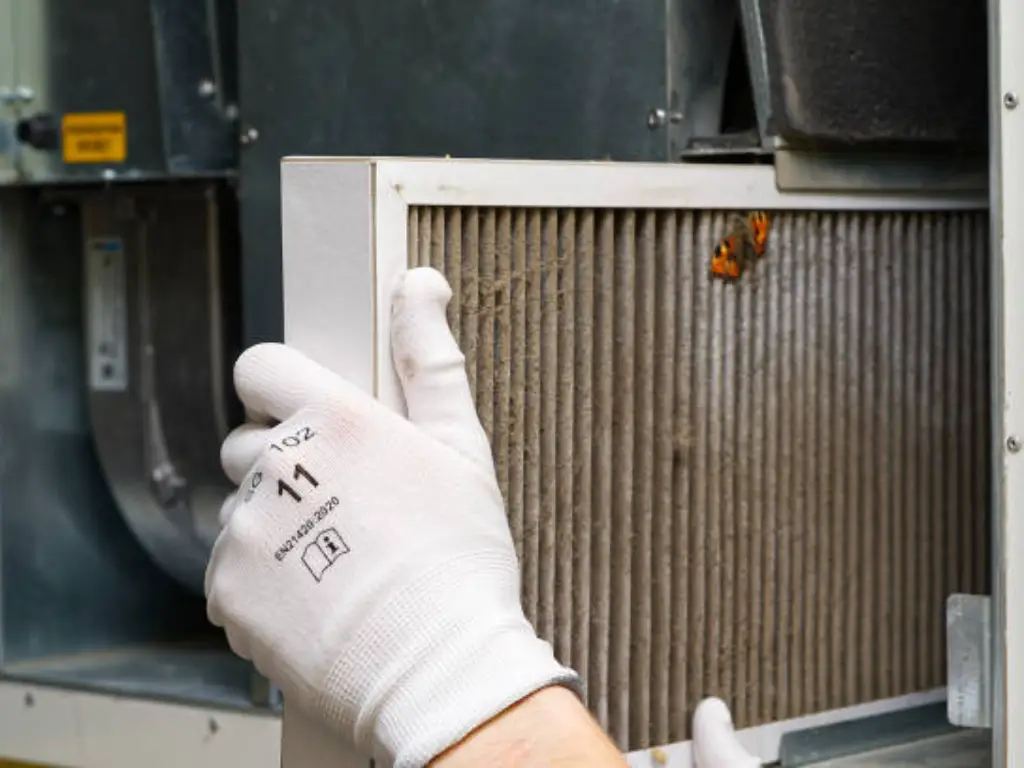
Comparons ces deux types de filtration sur plusieurs facteurs clés:
| Fonctionnalité | Filtre Merv (1–16) | Filtre HEPA |
| Efficacité de filtration | 20%–95% selon la notation Merv | 99.97% @ 0.3 microns |
| Taille des particules | Varie (Mât 13 gère 0,3 à 1 microns) | Vers le bas 0.3 microns |
| Utilisations courantes | Résidentiel, commercial, industriel | Médical, salles blanches, contrôle des allergies |
| Résistance au flux d'air | Inférieur (Surtout sous Merv 13) | Haut |
| Compatibilité HVAC | Convient la plupart des systèmes CVC standard | Nécessite un système spécial ou une contournement |
| Coût | Plus abordable | Plus haut |
| Entretien | Plus fréquent, Mais un coût moindre | Moins fréquent, Mais plus cher |
En résumé, Les filtres HEPA offrent de meilleures performances, Mais les filtres Merv offrent une meilleure polyvalence et abordabilité, surtout lorsque vous considérez les limitations du système HVAC.
Votre système HVAC peut-il gérer HEPA ou Merv 13+ Filtres?
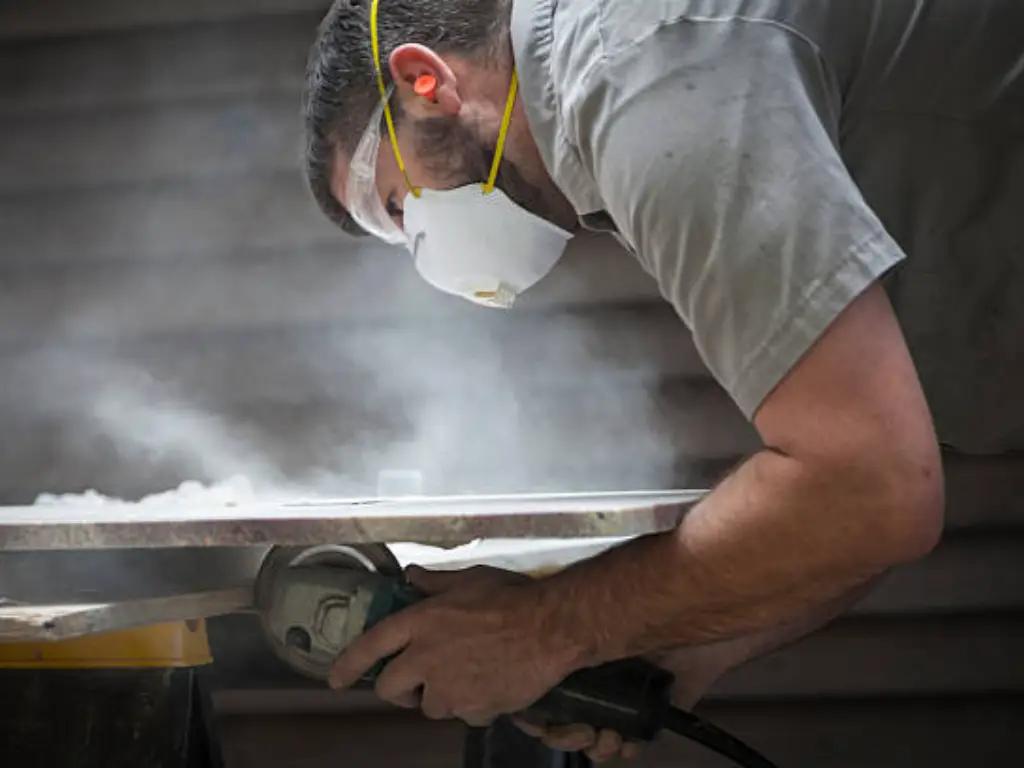
Avant d'installer un filtre à haute efficacité, Vous devez comprendre ce que votre système peut gérer. Les systèmes HVAC résidentiels ne sont souvent pas construits pour soutenir les restrictions de flux d'air causées par les filtres HEPA.
Voici comment évaluer la compatibilité:
Filtres HEPA
- Nécessitent souvent un système de contournement, où une partie de l'air est dirigée à travers un filtre HEPA séparément.
- Pas compatible avec la plupart des fours domestiques standard ou des systèmes d'air central sans modifications.
- Mieux adapté à purificateurs d'air autonomes, hôpitaux, ou unités de CVC spécialement conçues.
Mât 13+ Filtres
- De nombreux systèmes CVC plus récents peut gérer Merv 13 filtres à air.
- Si votre système est plus ancien, un merv 11 ou Merv 12 peut être plus sûr pour éviter les chutes de pression.
Si vous n'êtes pas sûr, Consultez un professionnel du CVC pour tester la pression statique avant la mise à niveau.
Hepa vs Merv: Lequel devez-vous choisir? [Guide d'utilisation]
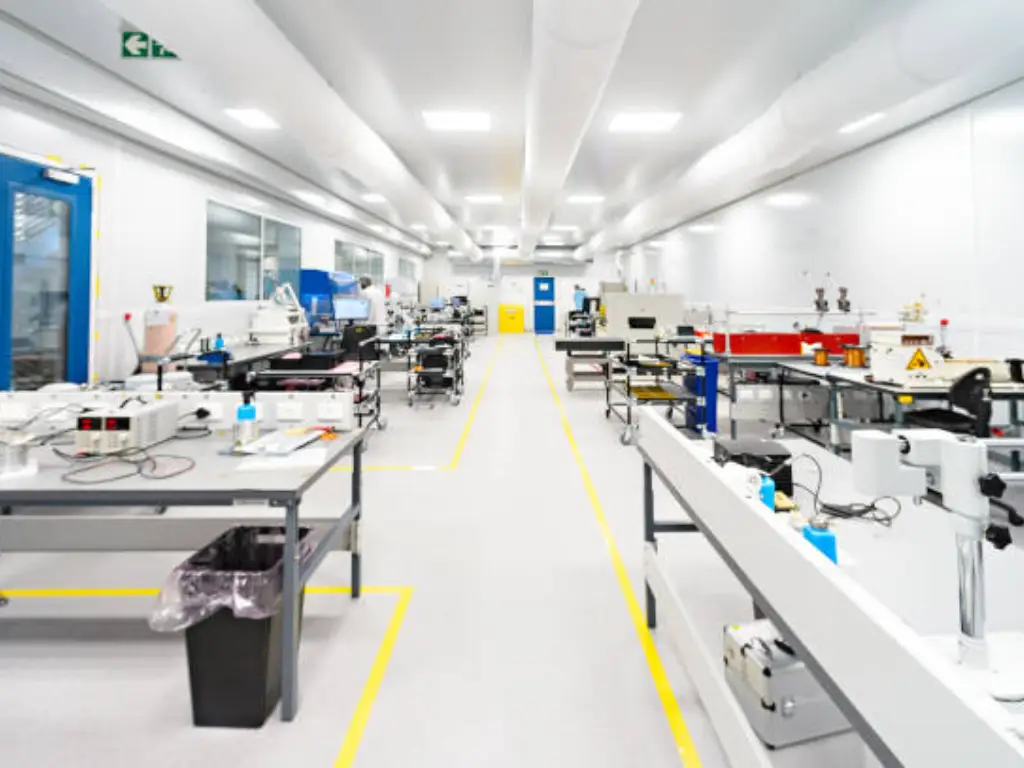
Choisir entre les filtres HEPA et Merv dépend de votre environnement, Objectifs de qualité de l'air, et capacité du système HVAC. Voici un guide rapide basé sur les cas d'utilisation courants:
- Maisons résidentielles: Pour la plupart des ménages, Les filtres Merv 11–13 offrent une excellente filtration pour la poussière, pollen, squames pour animaux de compagnie, Et certaines bactéries en suspension dans l'air - sans surcharger votre système CVC. Idéal pour les familles avec des allergies légères ou des animaux domestiques.
- Allergie- ou maisons sensibles à l'asthme: Si quelqu'un dans votre maison présente de graves allergies ou des problèmes respiratoires, Considérez Merv 14–16 si votre CVAC peut le gérer. Pour le plus haut niveau de protection, Un purificateur HEPA autonome est recommandé.
- Hôpitaux, Cliniques, et les laboratoires: Utilisez des filtres HEPA (H13 ou H14) Pour assurer une capture de particules ultra-fin, y compris les bactéries et les virus. Ces paramètres nécessitent souvent de l'air propre certifié.
- Bureaux commerciaux et bâtiments publics: Merv 13–14 équilibre l'efficacité et le flux d'air, aider à réduire les contaminants en suspension dans l'air et à respecter les normes de qualité de l'air intérieur.
- Paramètres industriels ou blanches: Seuls les filtres HEPA ou ULPA répondent aux exigences strictes de fabrication propre, pharmaceutique, et environnements électroniques sensibles.
Si vous n'êtes toujours pas sûr, Contactez-nous à Aérien. En tant que fabricant de filtre à air expérimenté, Nous aidons les clients à choisir la bonne solution de filtration adaptée à leurs spécifications de CVC et à leurs objectifs de qualité de l'air.
Réflexions finales
Comprendre les différences entre les filtres HEPA et Merv est essentiel pour faire le meilleur choix pour votre qualité d'air intérieur. Tandis que les filtres HEPA offrent une filtration inégalée, Ils peuvent ne pas être compatibles avec votre configuration HVAC actuelle. Filtres Merv, Surtout Merv 13, Fournir un excellent compromis entre les performances, coût, et compatibilité du système.
Avant de prendre une décision finale, N'oubliez pas de considérer:
- Que signifie Merv sur les filtres à air?
- Quelle est la note Merv sur les filtres à air que votre système prend en charge?
- De quelle note Merv ai-je besoin sur la base des allergies, animaux de compagnie, et polluants?
- Comment un Merv 13 Filtre à air comparer vs HEPA dans votre environnement spécifique?
À AiryFilter, Nous nous spécialisons dans la fabrication de solutions de filtration d'air de qualité OEM adaptées à l'infrastructure de transport, Installations industrielles propres, et lignes de production de précision. Avec un soutien aux normes MERV et HEPA, et la possibilité de développer des modules de filtre personnalisés, Nous aidons les OEM et les intégrateurs à répondre aux normes strictes de performance de la qualité de l'air et de l'équipement.
Vous cherchez à spécifier le bon filtre pour votre prochain projet? Visitez AiryFilter ou Contactez notre équipe d'ingénierie Pour les recommandations spécifiques à l'application.

